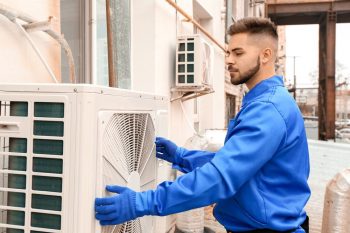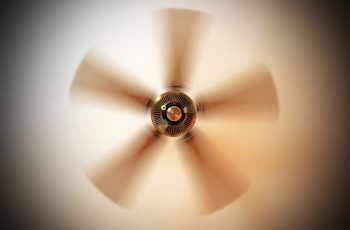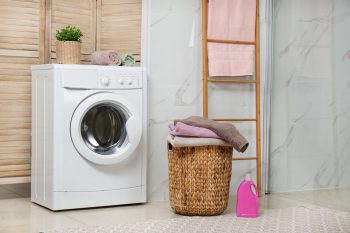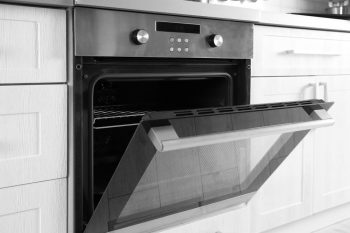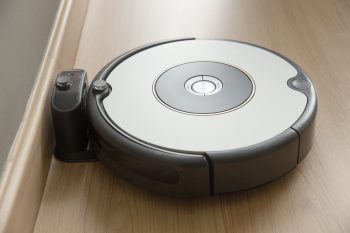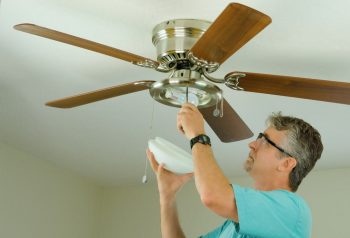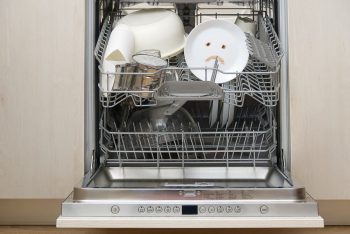
In the modern world, energy efficiency is more than a buzzword. It’s a way of life that can help save you money and reduce your carbon footprint. One appliance that often gets overlooked in the energy efficiency discussion is the humble clothes dryer. But did you know that your dryer may have an “Energy Preferred” setting designed to optimize energy usage and still provide effective drying performance? Let’s delve into what this setting means and how it can benefit you.
The “Energy Preferred” setting on a dryer is a cycle designed to optimize energy usage while effectively drying clothes. It operates at a lower temperature and may take longer, but it’s more energy-efficient and gentler on fabrics. This setting uses sensors to monitor drum temperature and stops the cycle when clothes are dry, reducing energy costs and overdrying.
Understanding “Energy Preferred”
The term “Energy Preferred” on a dryer signifies a cycle that is designed to provide the best energy savings while still thoroughly drying your clothes. This cycle uses sensors to monitor the drum temperature and automatically stops the cycle when the fabrics are dry, helping to reduce overdrying and save on energy costs. The Energy Preferred cycle is also known as the “Normal” cycle in some dryers, such as those from brands like Amana, Whirlpool, Admiral, and Inglis.
The Functionality of “Energy Preferred”
The “Energy Preferred” setting typically operates at a lower temperature and may take a longer time to dry the clothes. However, it is more energy-efficient and gentler on the fabrics. Some dryers, like the Whirlpool Hybrid Heat Pump Dryer, use advanced sensors to control the temperature of the air and manage the energy used to dry the clothes. This dryer uses a ventless heat pump that relies on a refrigeration system to dry the clothes, recycling the same air throughout the entire cycle. The advanced sensors measure when the clothes are dry, ensuring that the dryer does not use more energy than necessary.
The Benefits of “Energy Preferred”
There are several advantages to using the “Energy Preferred” setting on your dryer:
- Energy savings: Energy Star certified dryers use about 20% less energy than conventional models. By using the “Energy Preferred” setting, you can reduce your energy consumption and save on your utility bills.
- Environmental impact: Reducing energy consumption also means reducing greenhouse gas emissions and your overall carbon footprint. By using the “Energy Preferred” setting, you are contributing to a more sustainable environment.
- Longer-lasting clothes: Using lower heat settings can help preserve the quality of your clothes. High heat can cause fabric to wear out faster, while lower heat settings can help maintain the integrity of the fabric.
- Improved efficiency: Dryers with advanced sensors can help optimize the drying process, ensuring that your clothes are dried efficiently without wasting energy.
Potential Drawbacks
While the “Energy Preferred” setting is generally beneficial, it’s not without potential drawbacks. It may take longer to dry clothes due to the lower heat used. Additionally, this setting might not be suitable for all types of fabrics or garments. It’s essential to choose the right setting for each type of fabric and load size.
Energy Efficiency Comparison
Compared to other settings on a dryer, the “Energy Preferred” setting is designed to use less energy while still effectively drying clothes. Air Dry or Air Fluff uses no heat, Delicate or Gentle Cycle uses low heat, and Regular, Automatic, or Timed Dry uses high heat. However, Energy Star certified clothes dryers use about 20% less energy than conventional models without sacrificing features or performance. Heat pump dryers, in particular, use almost 30% less energy than conventional clothes dryers.
In conclusion, the “Energy Preferred” setting on a dryer is a powerful tool for saving energy and reducing environmental impact. By understanding how this setting works and when to use it, you can make your laundry routine more efficient and eco-friendly.
Frequently Asked Questions
What other settings can help save energy on my dryer?
Other energy-saving settings may include “Air Dry” or “Air Fluff” (which uses no heat), and “Delicate” or “Gentle Cycle” (which uses low heat). Additionally, using the moisture sensor instead of timed dry can help save energy.
Can I use the “Energy Preferred” setting for all types of clothes?
While the “Energy Preferred” setting is generally safe for most types of fabrics, it’s important to check the care labels on your clothes. Some garments may require a specific heat setting or drying method.
How much can I expect to save on my energy bills by using the “Energy Preferred” setting?
The exact savings can vary based on your specific dryer model, how often you do laundry, and your local energy costs. However, Energy Star certified dryers are designed to use about 20% less energy than conventional models, which can result in significant savings over time.
Are there other ways to improve energy efficiency when doing laundry?
Yes, there are several other strategies you can use. These may include washing clothes in cold water, cleaning the lint filter before every load, and air-drying clothes when possible. Grouping similar fabrics together and ensuring the load size is appropriate can also improve efficiency.
Are all modern dryers equipped with an “Energy Preferred” setting?
Not all dryers have an “Energy Preferred” setting, but many newer models have similar features designed to optimize energy use. This may be called something different, like “Eco Mode” or “Energy Saver,” depending on the brand and model. Always refer to your dryer’s user manual for specific information.

